Bicycle Camp, Batavia, Jakarta - Java ***


Above: Photos from Mansell website with our thanks!
The following three photographs were taken after the war. We have included them with the courtesy of Texas Military Forces Museum. We thank them.
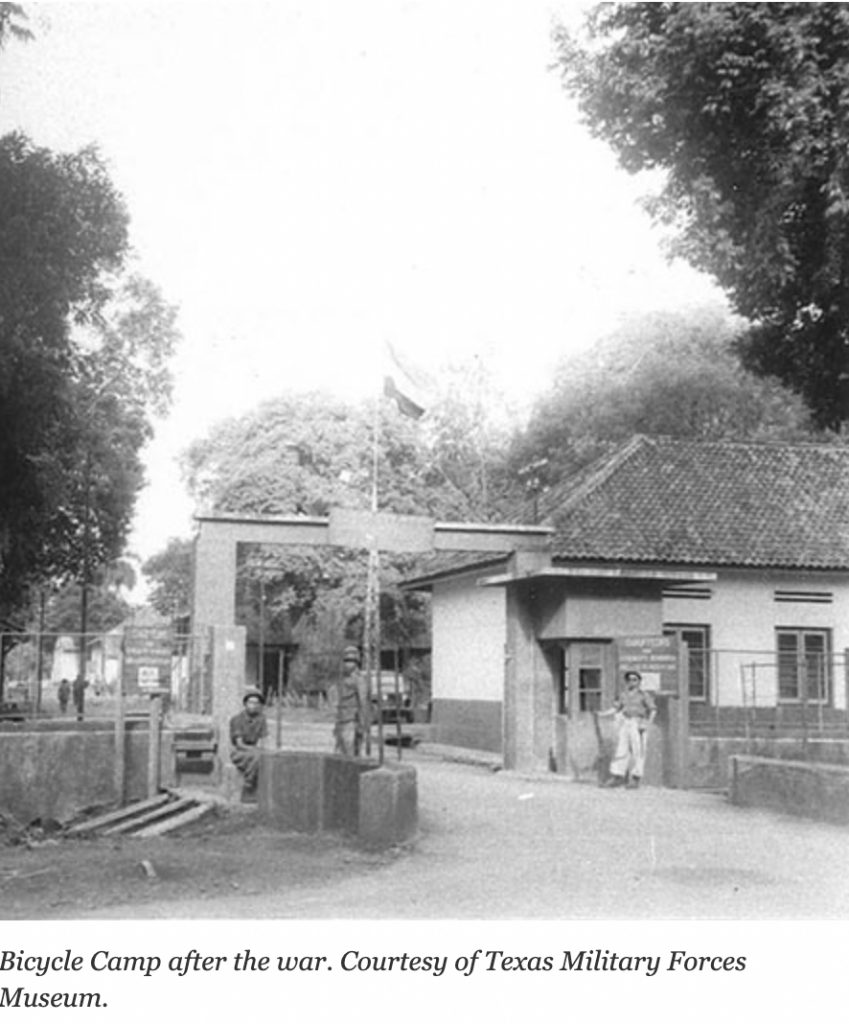
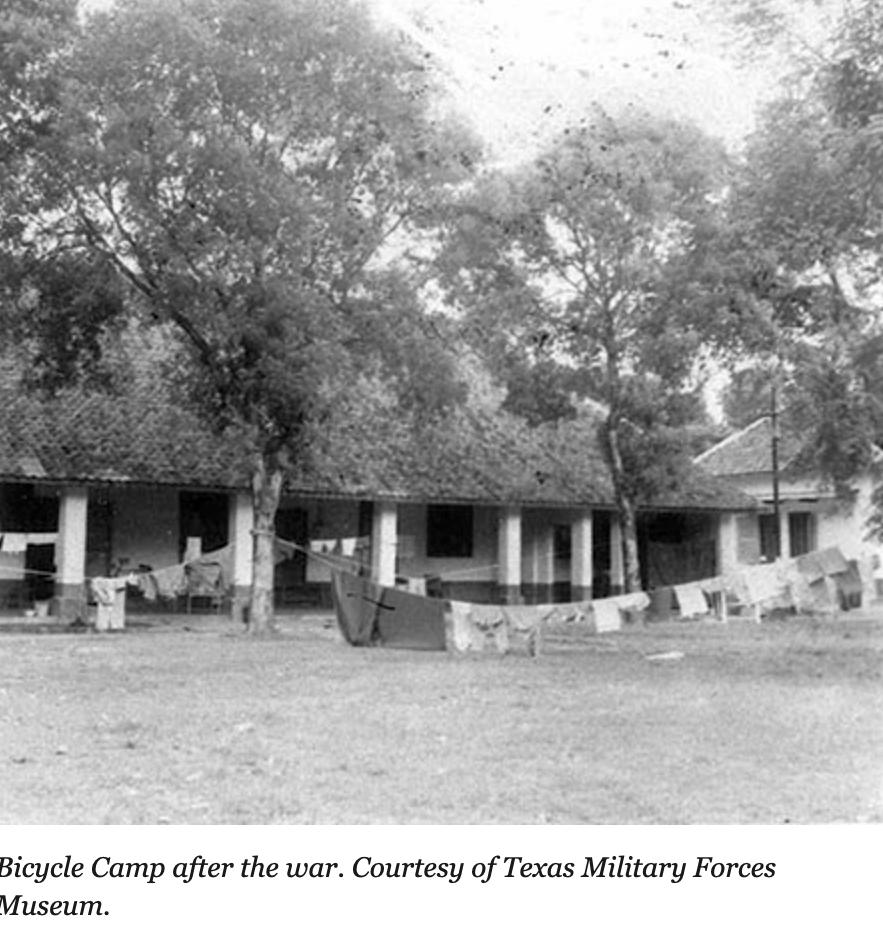
The bicycle Camp at Batavia was located at a place called Senen in the older part of the city at Weltevreden. It was the former barracks to the 10th Battalion Bicycle Unit, Netherlands East Indies Army. POWs called it the Bicycle Camp as there were many bicycles stored there.
POWs included Australians, Americans, British and Dutch.
‘The Bicycle Camp was initially shared with Dutch and British POWs and US naval personnel who had survived the sinking of the USS Houston at the same time as the Perth. In mid May, however, the British and Dutch troops (excluding senior British officers) were moved, making room for Australians previously held in Glodok gaol and a congested Chinese school in Batavia, and a further group of Americans. From early August also some of the 2/40th Battalion captured on Timor arrived at the Bicycle Camp where the senior commander was now the Australian who had led the multinational ‘Blackforce’ during the defence of Java, Brigadier A.S. Blackburn. ‘ From Anzac Portal.
A gravel road ran right up through the camp. At the entrance were two iron gates with an administration building to one side and a sentry box either side of the gates. Off either side of the central road were twelve brick and concrete barracks with tiled roofs.
Toilet facilities were more hygienic – the latrines were a covered area behind the barracks, an open drain about 15 feet long and 10 inches deep and about a foot wide in concrete where continual running water flushed out refuse to the local sewerage system. Men stood above the gap or squatted beside.
For bathing there were taps with running water in the yards outside. There were even a couple of concrete wash houses with a big tub of hot water – the men splashing themselves with the water outside. There was even soap!
The 300 or so Perth survivors were given their own barrack as were the Houston survivors.
Brigadier A. S. Blackburn was the senior Australian officer. Black Force included 300 Australian seamen from HMAS Perth . On 4 August 1942, 20 officers and 20 NCOs under Lieutenant Colonel Leggatt arrived from Timor. On 11 October 1942, a group of 362 Australians (under Major L. J. Robertson) embarked for an unknown destination (it was A Force in Burma). In November 1942 prisoners from Bicycle Camp moved to Makasura (under Lieutenant Colonel Dunlop). Some six Java parties moved through Changi on their way to join other forces. Dunlop was commander of the sixth Java party. … This information from AWM
The 2/2nd Pioneers had been here since early March occupying the hut next to ‘Perth’ group. With the 2/2 Pioneers were about 100 men from 2/3rd who had been put off on their way home from the Middle East. And of course included some 2/4th men some of whom had escaped from Singapore.
The sleeping quarters consisted of little cubicles divided off as bedrooms – for those who could not fit inside, they slept on the verandah.
Brigadier A.S. Blackburn VC was the most senior Allied Officer. The camp was run well. Discipline ensured the huts were cleaned and swept out daily and undertake outside duties.
Conditions initially were not so bad.
The food was good. Fresh green vegetables and bananas. Three meals of rice daily with a good mixture of green vegetables, with occasional meagre amounts of meat. There were five operating kitchens. One for the officers, one each for the Americans and the Dutch and the other two for Australians.
Rivalry between the nationalities suited sporting games to keep the men fit.
The 2/2nd Pioneers shared their rations and some clothing to the Perth group – who had no supplies and little in the way of clothing having been in the water as the Perth sank.
There were regular work parties and eventually a canteen was established where the men could purchase items with the money they earned working.
There were concert parties presenting some entertainment.
The guards were Korean and the engineers were Japanese as was much the case on the Burma-Thai Railway. The Koreans were cruel and despised by the POWs.
In May 1942 the camp was almost completely filled with British and Australian POWs. Work parties would leave the camp to do labouring jobs around the environs of Batavia or on the wharves at Tanjong Priok. Tasks included roadwork, rolling steel drums, or sorting out motor vehicle parts, as there was a General Motors assembly plant at Tanjong Priok.
The huts held about 300 men each.
On 14th May British and Dutch troops were moved to another camp and the Australians from Glodok Prison and the advance party from Leles, were transferred to the Bicycle Camp.

BATAVIA, JAVA 1945-09-24.
AUSTRALIAN EX PRISONERS OF WAR IN THEIR SLEEPING QUARTERS AT “BICYCLE CAMP”, SO NAMED BECAUSE OF THE LARGE NUMBER OF BICYCLES FOUND THERE WHEN FIRST OCCUPIED BY THE PRISONERS. CONDITIONS INSIDE THE BUILDING (AN EX DUTCH BARRACKS) WERE EVEN MORE CRAMPED. (PHOTOGRAPHER LIEUTENANT R. J. BUCHANAN, 10TH MILITARY HISTORY FIELD TEAM)

Five officers of 2/3rd Machine Gun Battalion who were captured as part of “Blackforce” on Java in March 1942. Taken after they were liberated in September 1945. AWM 123665
The Japanese commander in charge of the camp was Lieut. Suzuki who ordered and oversaw the unprovoked bashings of many POW’s. The beatings were given often for frivolous things such as not saluting the guards correctly.
The other main commander of the camp Lieut. Kataguri was far more humane in his treatment of POW’s and organised literary competitions amongst the men and encouraged them to take lectures and classes during their time at the camp.
There were at least three 2/4th deaths at this camp. Robert Joseph ‘Bob’ Walker died 5 May 1942 of dysentery aged 36 years, Edgar Cheetham Jones died 6 July 1942 aged 40 years. Acting Sgt (Doug) Hampson from 2/4th was present when Private Edgar Chetham Jones WX7453 died of bacillary dysentery. William Nicholls died 13 October 1942 of bacillary dysentery aged 32 years.
Nicholls became sick on 30.9.1942 at Bicycle Camp. Bill was one of 5 2/4th men to die in Java of dysentery.
Their bodies were interred after the war and taken to Jakarta Commonwealth War Cemetery.
Reference to https://www.indischekamparchieven.nl/
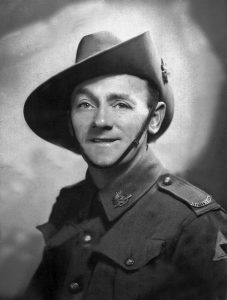
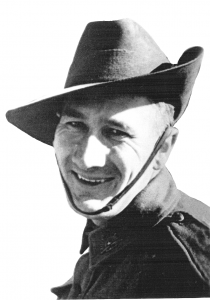
Above Edgar Jones and Right William Nicholls.
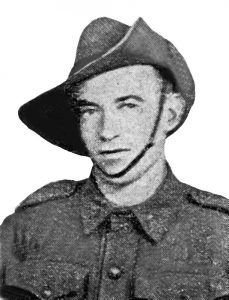
Above: Bob Walker.
Dysentery
‘Epidemic dysentery occurs when soldiers are crowded into unhygienic situations such as Gallipoli Peninsula in 1915. Particular risk factors during the Gallipoli campaign were the rocky soil preventing normal latrine construction, extreme limitation of water supplies for washing, and a tactical situation that left men crowded into trenches for days with nowhere else to defecate.’
By 10 October, the 1000 Dutch, 450 Americans and 500 Australians became known as Java 5A Party left Bicycle Camp for the port of Tanjong Priok to sail to Singapore under the command of Major L. Robertson, 2/5th Field Regiment. They arrived at Singapore and became known as the ‘JAVA RABBLE’.
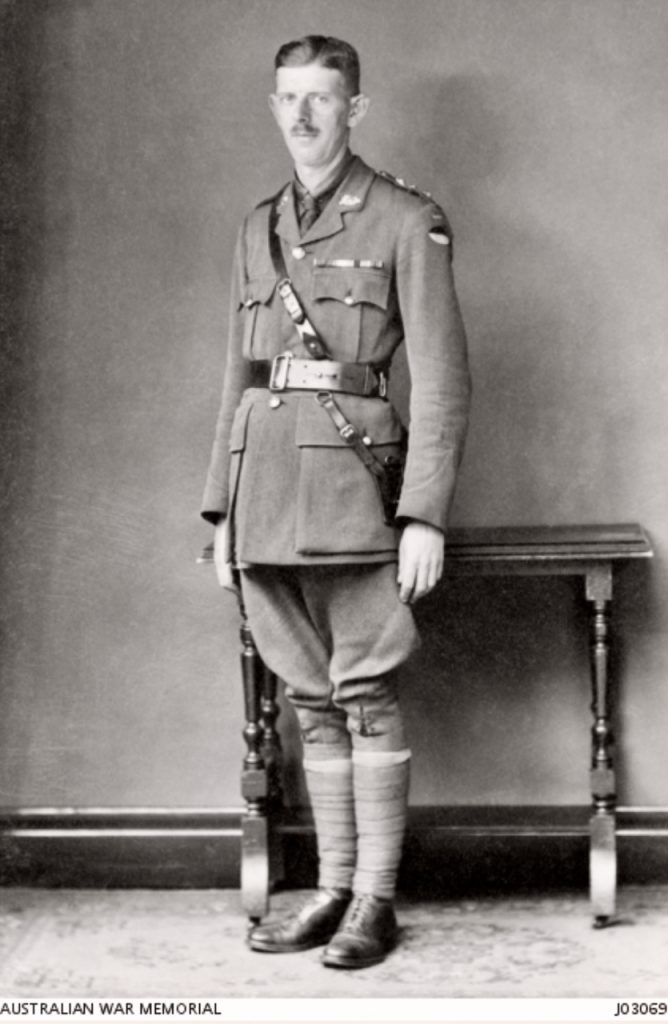
PORTRAIT OF LIEUTENANT A. S. BLACKBURN, VC
Arthur Blackburn, a South Australian lawyer, became the first South Australian to receive the Victoria Cross (at the 1915 landing on Gallipoli). In February 1942 a small Australian force including Blackburn’s battalion was hastily landed in Java; he was promoted temporary brigadier and appointed to command ‘Black Force’, with orders to assist the Dutch against the rapid Japanese advance. After three weeks vigorous but fruitless resistance, and in spite of Blackburn’s reluctance, the Allied forces surrendered.
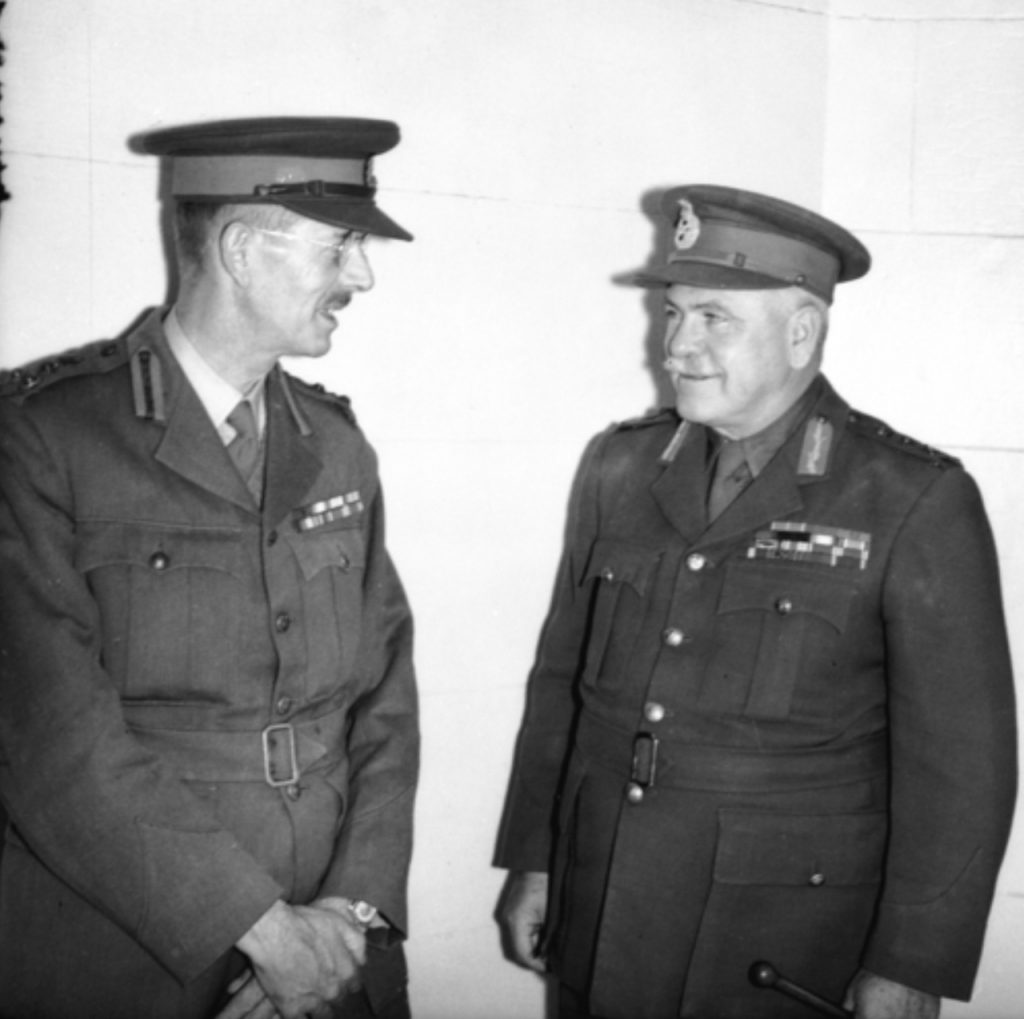
MELBOURNE, VIC. 1945-09-18.
BRIGADIER A. S. BLACKBURN, VC, WHO COMMANDED AUSTRALIAN TROOPS IN JAVA, WITH GENERAL SIR THOMAS A. BLAMEY, COMMANDER-IN-CHIEF, ALLIED LAND FORCES, SOUTH WEST PACIFIC AREA, IN HIS HOME AT 486 PUNT ROAD


